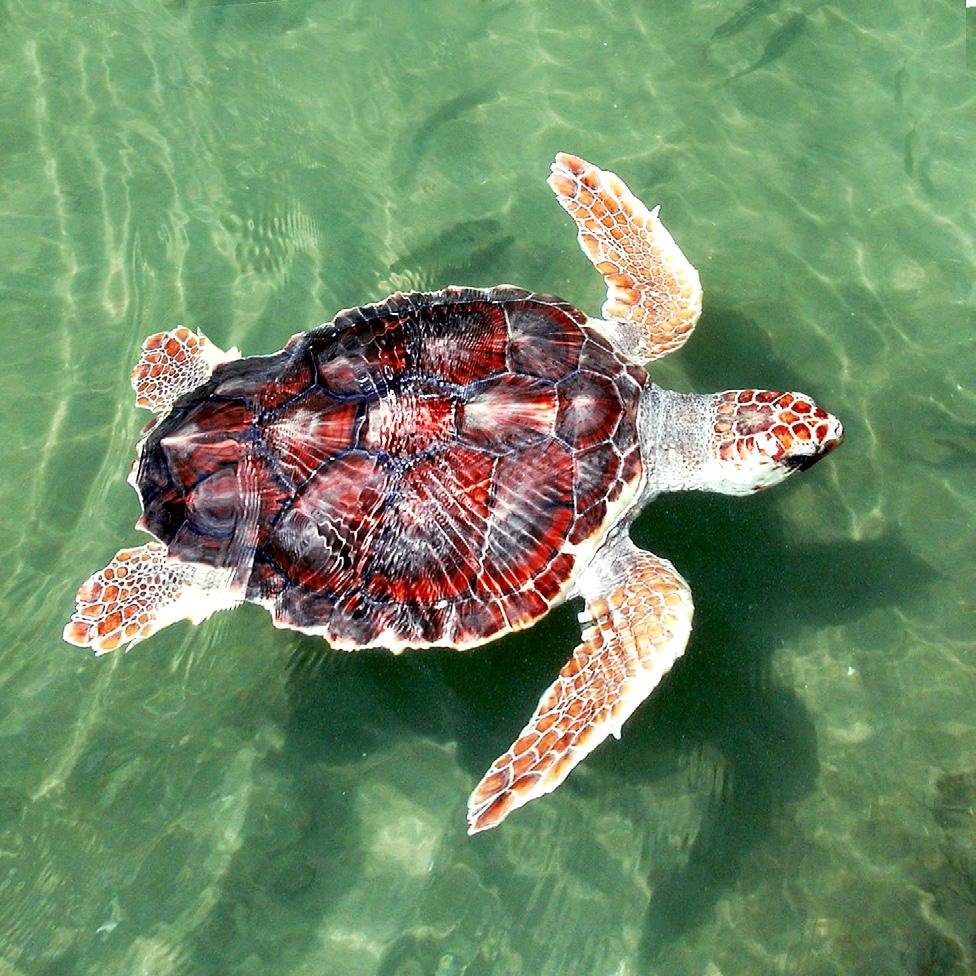- Home
- About NOP
- Programs
- National Eligibility
& Safety Standards - Resources
- Reports
- International Activities
- National Bycatch
Report
FAQ
| 1. Why are fisheries monitored by fishery observer programs? |
| 2. Where do fishery observers work? |
| 3. What type of work do fishery observers perform? |
| 4. How do I become an observer? |
| 4. How do I become an observer? NOAA Fisheries contracts with or certifies private observer provider companies to recruit, hire, and deploy observers. Observer providers recruit for observer candidates that meet the following eligibility criteria: | ||
 Education: Observer candidates should have a bachelor's degree from an accredited college or university with a major in one of the natural sciences, or with a combination of marine science and fisheries course work with specialized experience. The specialized experience must have been in the field of fisheries and include functions such as participation in ocean fishing activities; observing ocean fishing activities; participation in fishery research cruises; recording data on marine mammal sightings and fishing activities; tallying incidental take of marine mammals, sea turtles, and sea birds from fishing platforms; collecting biological samples and specimens from postmortem animals; and entering data into a database using computers. Education: Observer candidates should have a bachelor's degree from an accredited college or university with a major in one of the natural sciences, or with a combination of marine science and fisheries course work with specialized experience. The specialized experience must have been in the field of fisheries and include functions such as participation in ocean fishing activities; observing ocean fishing activities; participation in fishery research cruises; recording data on marine mammal sightings and fishing activities; tallying incidental take of marine mammals, sea turtles, and sea birds from fishing platforms; collecting biological samples and specimens from postmortem animals; and entering data into a database using computers. | ||
 Physical/medical condition: Observer candidates should be able to pass a physical and eye examination prior to deployment certifying that they do not have health or vision problems that would jeopardize their safety or the safety of others while at sea. Training: Observer candidates must complete required training by passing written and/or oral tests and must demonstrate their potential to collect accurate field data, and to react to unfamiliar situations at sea in a professional manner. | ||
| Individual programs may have additional requirements such as calculator and computer skills; current CPR and first aid certification; minimum physical condition standards; U.S. citizenship; and/or agreeing to a background check. For more information on becoming an observer, and to obtain an application for employment, contact the observer providers. | ||










